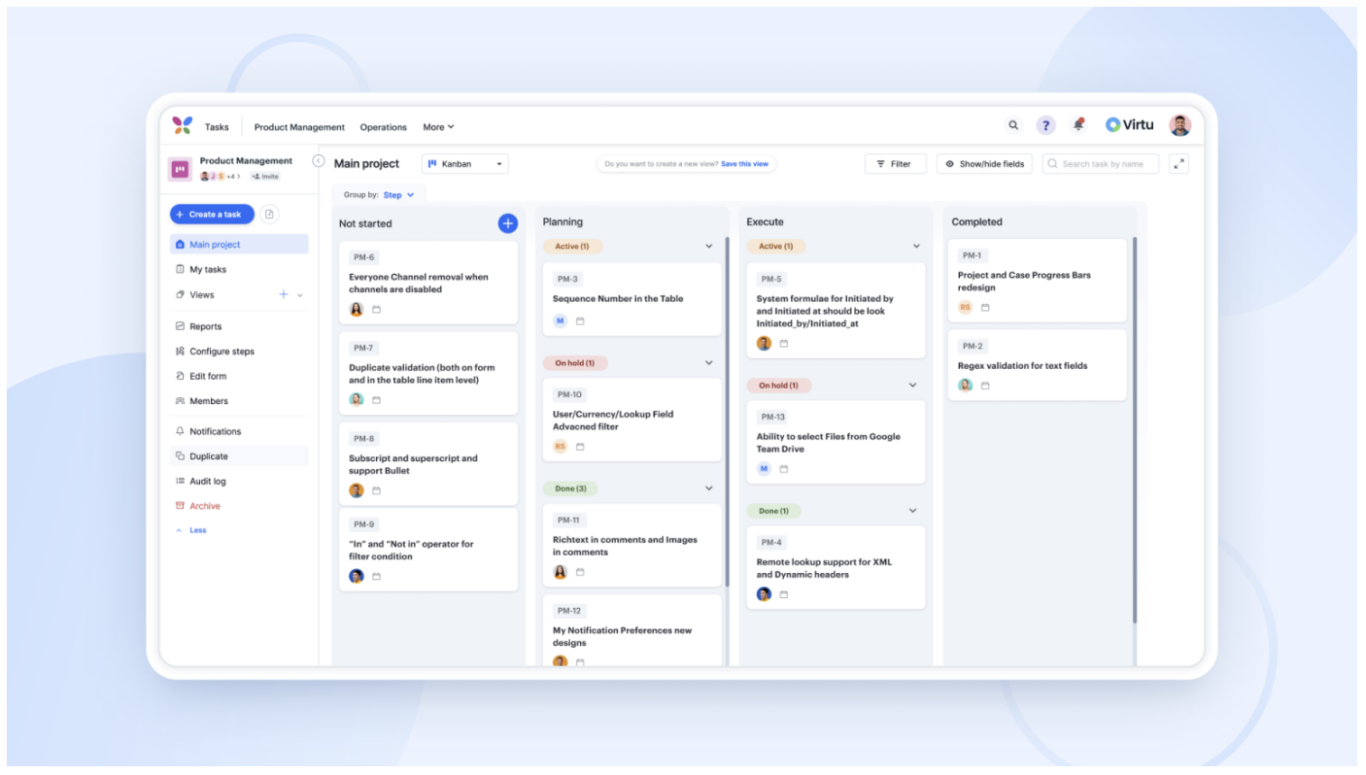Blitz News Digest
Stay updated with the latest trends and insights.
Streamlining Chaos: How Workflow Automation Tools Can Save Your Sanity
Uncover the secret to a stress-free life! Discover how workflow automation tools can tame chaos and boost your productivity today!
5 Essential Workflow Automation Tools to Simplify Your Daily Tasks
In today’s fast-paced digital landscape, leveraging workflow automation tools can significantly enhance productivity by streamlining repetitive tasks. Among the top 5 essential tools, Zapier stands out for its ability to connect over 2,000 apps, automating tasks with simple triggers and actions. Another great tool is Asana, which not only helps in project management but also enables teams to automate task assignments and notifications, ensuring everyone stays on track without manual intervention.
Furthermore, IFTTT (If This Then That) allows users to create custom automations between different applications based on specific conditions. Similarly, Integromat, now known as Make, offers advanced automation with a visual builder that allows users to see their workflows dynamically. Lastly, the Microsoft Power Automate platform provides a robust solution for businesses utilizing Microsoft products, allowing seamless integration and automation across tools like SharePoint and OneDrive. Embracing these automation tools not only simplifies your daily tasks but also frees up valuable time for more strategic activities.

How to Identify Processes that Can Benefit from Workflow Automation
Identifying processes that can benefit from workflow automation begins with a thorough analysis of your current workflows. Start by documenting the tasks that are repetitive, time-consuming, or prone to human error. Consider using a simple checklist to evaluate these tasks:
- Is the task performed frequently?
- Does it require multiple handoffs between team members?
- Is it susceptible to mistakes that could be mitigated?
By outlining these characteristics, you can pinpoint processes that stand out as good candidates for automation.
Next, assess the potential impact of automating the identified workflows. This involves estimating improvements in efficiency, productivity, and accuracy. Ask questions such as:
- How much time could be saved?
- What resources can we reallocate?
- How will this improve employee satisfaction?
By answering these questions, you can prioritize which processes to automate first, ensuring that your workflow automation efforts align with your overall business goals.
Is Workflow Automation the Key to Unlocking Your Productivity Potential?
In today's fast-paced world, the quest for enhanced productivity has led many individuals and businesses to explore various strategies for optimizing their workflows. One of the most effective solutions emerging is workflow automation. This approach not only streamlines repetitive tasks but also eliminates human error and frees up valuable time. By automating mundane processes, such as data entry and scheduling, organizations can redirect their focus towards more critical objectives, allowing teams to innovate and push boundaries in their respective fields.
Implementing workflow automation can significantly amplify productivity potential by providing users with tools to monitor and analyze their performance metrics. This data-driven insight enables individuals and teams to identify bottlenecks in their processes and make informed adjustments. Furthermore, automation tools can integrate with existing systems, ensuring a seamless transition and reducing the resistance often encountered with new technologies. In conclusion, embracing workflow automation is not just a trend but a vital step towards unlocking your true productivity potential.